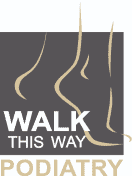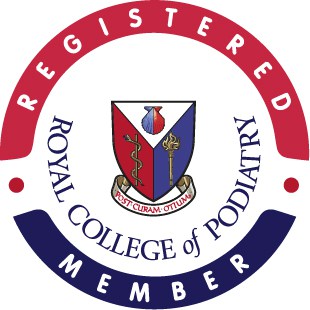When it comes to foot conditions, we get asked often are foot issues are hereditary. Understanding the genetic component of foot health can help individuals take proactive steps in managing and preventing potential problems. Let’s explore the hereditary aspects of foot conditions, the most common inherited foot issues, and advice on managing them effectively.
Inherited Foot Conditions
Foot conditions can indeed be hereditary, with genetics playing a significant role in the development of various foot problems. Just like eye height or eye colour, the mechanics of your feet can be passed down from your parents. This doesn’t mean you are destined to suffer from foot issues if your parents have had them, but it does increase the risk.
So What Are The Common Inherited Foot Conditions
1. Flat Feet (Pes Planus)
Flat feet, or pes planus, is a condition where the arches of the feet collapse, leading to the entire sole of the foot coming into complete or near-complete contact with the ground. This condition can result in foot pain, ankles, and even lower legs.
Symptoms:
How to help Flat Feet through Treatment:
2. Bunions (Hallux Valgus)
Bunions are bony bumps that form on the joint at the base of the big toe. They develop gradually and are often caused by inherited faulty foot mechanics, such as overpronation (excessive inward rolling of the foot).
Symptoms:
Management:
3. Hammer Toes
Hammer toes occur when the toe bends downward at the middle joint. This condition can be hereditary and is often linked to other foot issues, such as flat feet or high arches.
Symptoms:
Management:
4. High Arches (Pes Cavus)
High arches, or pes cavus, is a condition where the arch of the foot is raised more than normal. This can be inherited and often leads to instability and increased pressure on the ball and heel of the foot.
Symptoms:
Management:
How to Help Yourself: Managing Inherited Foot Conditions
If you have a family history of foot problems, there are several steps you can take to manage and potentially reduce these issues:
1. Regular Foot Check-Ups
Seeing a podiatrist regularly can help catch foot problems early before they become severe. Prevention is always better than cure. A professional can provide tailored advice and personalised treatment plans based on your specific needs.
2. Proper Footwear
Investing in high-quality, supportive footwear is crucial. Shoes should provide adequate arch support, have a wide toe box, and be appropriate for each activity. Avoid high heels and shoes with pointed toes, as they can exacerbate foot issues. If you are unsure what type of footwear is best for you, your podiatrist will be able to advise the correct footwear for you.
3. Custom Orthotics
Custom orthotics can provide the necessary support and alignment for your feet. They can help alleviate pain, improve function, and prevent any further complications. A podiatrist can assess your feet and recommend the best orthotic devices for you through a Biomechanics Assessment.
4. Exercise and Stretching
Regular exercise and stretching can strengthen the muscles in your feet and lower legs, improving overall foot function and reducing the risk of injury. Focus on exercises that enhance flexibility, balance, and strength. As we age, our balance diminishes particularly between the ages of 40-50.
5. Weight Management
Maintaining a healthy weight reduces the stress on your feet, decreasing the likelihood of developing foot problems. A balanced diet and regular exercise are key components of weight management. If you are struggling with foot pain that is preventing you from being active, a Biomechanics Assessment can diagnose the issue and create a tailored treatment plan to get you back doing the things you love.
6. Home Care
Proper foot hygiene, including regular washing, moisturising, and nail care, can prevent infections and other complications. Pay attention to any changes in your feet, such as colour of the skin and nails, temperature, or sensation, and seek medical advice if necessary.
While genetics can play a significant role in the development of foot conditions, there are many ways to manage and prevent these problems. By understanding the common hereditary foot conditions and taking proactive steps to care for your feet, you can maintain better foot health and reduce the risk of complications. Regular visits to a podiatrist, proper footwear, custom orthotics, exercise, weight management, and good foot hygiene are all essential in keeping your feet in top shape. If you have concerns about your foot health or a family history of foot problems, don’t hesitate to seek professional advice from a podiatrist to keep your feet in the best possible condition.








